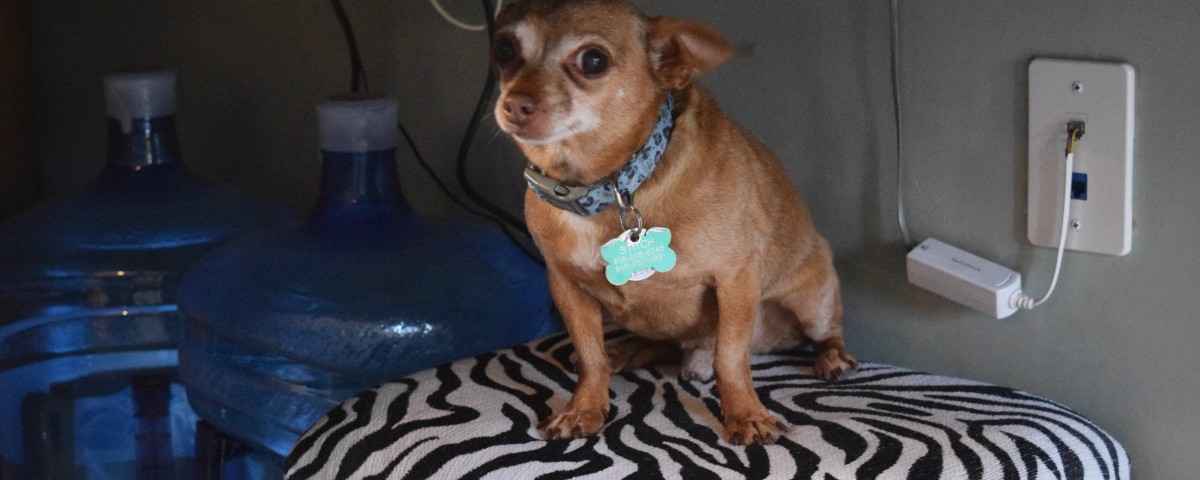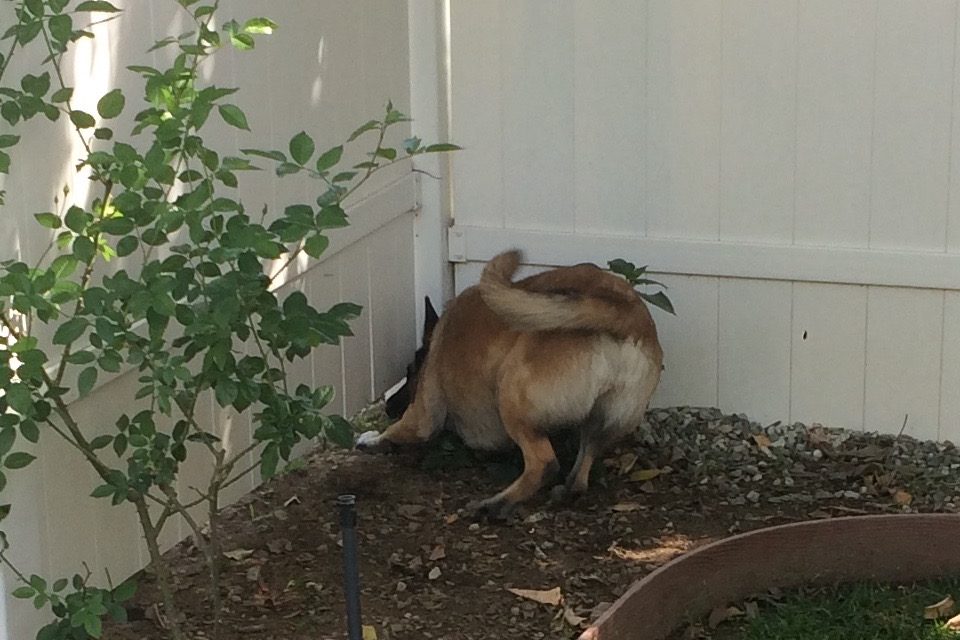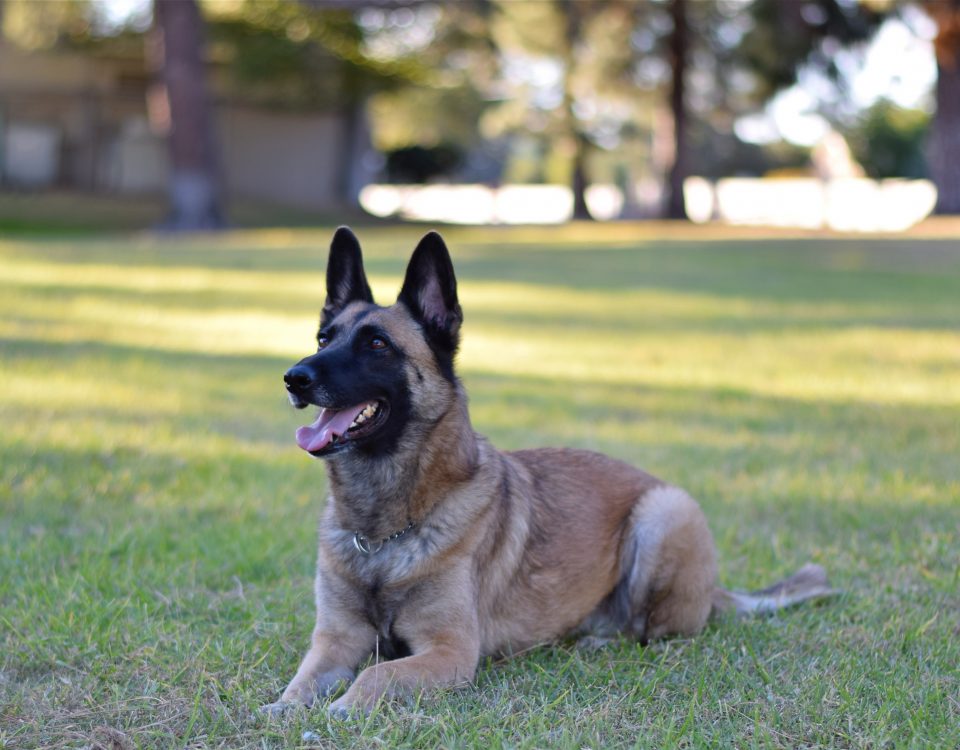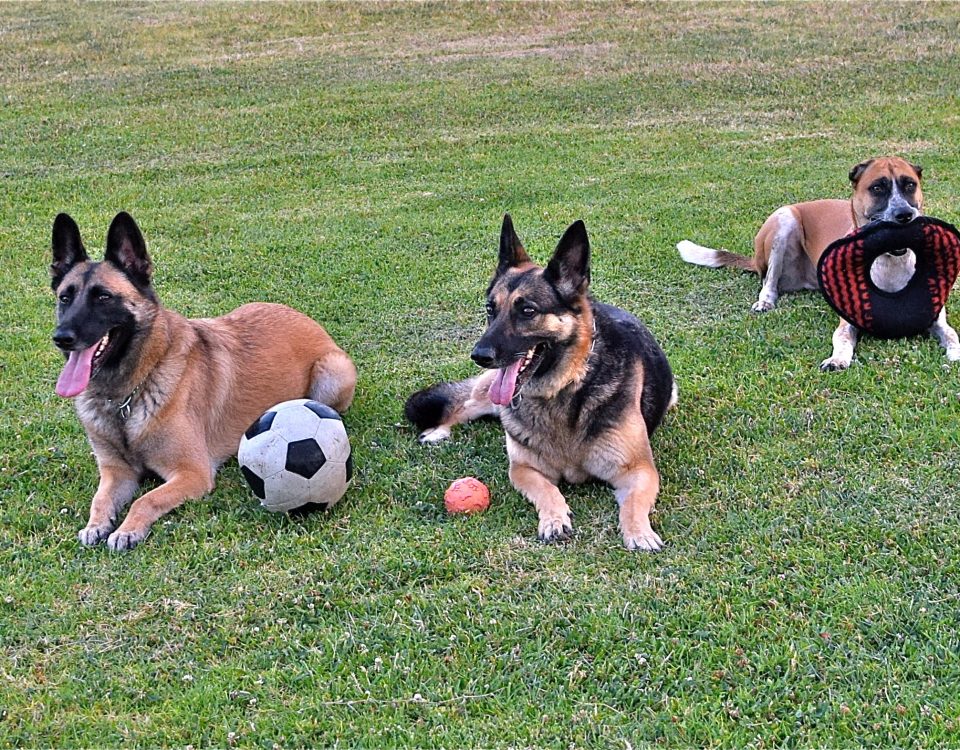O.I.P.
“Parents!” We all looked up to see where the voice was coming from. “All parents bring your children over here!” We obediently headed over to where the man who owned the voice was standing. “Please, have a seat.” He indicated some chairs that were lined up under the shade of a large canopy. In a few moments all of the parents, with their children in tow, were seated. We all turned our attention to the man in charge.
“Welcome to the summer session of swimming lessons. Before getting started, let me cover some of the rules regarding the pool.” The man pointed to the chain link fence surrounding the pool area. “During the lessons no parents are allowed inside of the fence and on the pool deck.”
I thought about that one for a second, feeling that there was a good reason for the “no parents” thing. The instructor’s next words confirmed my feeling. “Sometimes when the children are first put into the water, there will be some crying. Parents, do not intervene! We have been doing this for years, and we know what we are doing. If it is too hard for you, please leave the area and come back at the end of the hour. I can guarantee you that, if you let us handle things, your child will enjoy the pool and know how to swim by the end of the course. Please do not ‘rescue’ your child.”
At that point the children were called out to the pool deck and assigned to their groups. I thought about what the instructor had said. Even though this was the first swimming lesson for our son, the little speech he had given seemed very familiar to me.
The children were divided into four groups of about five children per group. As far as I could tell, two of the groups were composed of kids who had already taken a beginning class, and the other two groups were first timers. The “veterans” were down at the deep end with their instructors, and the two new groups were at the shallow end.
Interestingly enough, none of the beginning kids had any trouble getting into the water. They all hung on to the side in two little lines as the instructor for each group took one child at a time and introduced them to some of the basics. All was well for about ten minutes. Then the crying started. First one, then another. By the time the session ended, most of the children had taken their turn crying, while a few of them tried to carry the load for all as they cried throughout most of the session.
I carefully watched the instructors during all of this. None of them seemed too moved by all of the tears, although occasionally the head instructor, casually walking around the perimeter of the pool, would firmly tell a child who was really getting worked up to stop crying and settle down. This usually had the desired effect, and the child was ready to continue the lesson.
The parents were interesting to observe as well. Some of them sat quietly while watching their child and appeared to trust the instructors to do their jobs. Some visibly squirmed in their seats, and some of them took the advice given earlier and left the area until the lesson was over.
This method that the instructors used in dealing with the kids seemed very familiar to me as well. It wasn’t until next week’s lesson, however, that I was able to identify the familiarity of all of this. The second lesson began much as the first one did, with one addition. There was a boy in one of the beginning classes who hadn’t been there at the first lesson. He looked scared before even getting near the water. One look at his mom showed that she was scared too. This, I thought to myself, was going to be interesting.
It was then that I realized that I had witnessed all of this before. Not just once or twice, but a thousand times. I knew exactly how this scenario was going to play out. Sure enough, as soon as Junior was placed in the water he began to cry. He had the technique down to a science. “Mom! Help me!! Get me out of here!! MOMMY!!”
Watching his mom was even more interesting. She was dancing back and forth outside of the fence, reaching her arms toward him as though she were going to embrace him from forty feet. “Oh, oh my!! Oh, Junior!!” The whole thing had the look of a well rehearsed dance.
The instructor had a disapproving look on his face as he tried to get Junior to settle down. I understood his look completely. I leaned over to my wife and said, “O.I.P.” “Big time.” She looked at the mom. “I wonder how long it will be?” “Not long.” Paula agreed. Sure enough, in a few minutes the mom could stand it no longer. She rushed out to the pool edge and “saved” her son. Her explanation to the instructor was a classic O.I.P. response. “We have a friend who lost a child in a pool accident, and this is so traumatic for us. I know it’s my fault, but we just can’t do this.” The instructor said nothing as the Mom rushed her son to a safe place. We knew that we would see no more of them for the remainder of the course.
As I thought about this whole affair, my mind wandered back to the thirteen years I spent working at a busy veterinary hospital. An animal hospital is a great place to observe patterns of behavior develop over time, as many people and their pets make numerous visits over the years.
While it is a common (and often humorous) observation that many pets, particularly dogs, look like their owners, those of us who work with animals for a living notice that many dogs act like their owners. While it seems obvious that repetition reinforces behavior, many dog owners never realize what behaviors they actually are reinforcing.
Many dogs would “flip out” whenever they had to have even the simplest of procedures done to them, and it usually seemed that their owners treated the whole situation the same way Junior’s mom had dealt with his swimming lesson. It was always a pattern that followed the same script regardless of the “horrible thing” that was being forced upon their dog. He was learning that life was scary, and that mom or dad had to rescue him.
It was also true that most of these dogs had never received one bit of discipline or structure in their entire lives. Their owners were usually afraid that discipline was cruel and would “kill their spirit”, and that structure was letting the dog do whatever he wanted all day long. They never seemed to understand that an undisciplined dog with no real direction was more likely to become stressed by events that occurred in life. Those of us who had to deal with these dogs (and their owners) began to call them O.I.P. dogs.
As I thought this over, I thought to myself that the same thing was true with many of the puppy and dog owners who had come to me for training over the years. Rather than teach their pet that some things in life needed to be dealt with, they would shelter him from the realities of life and become a safe sanctuary, there to “protect” him.
Many times, dog owners want a well trained and well adjusted dog without any of the structure and discipline necessary in order to achieve that goal. The end result is always predictable, and the owners see reasons why he “can’t do it” around every corner. Never do they look at themselves.
Back at the pool, I thought about Junior and his mom. Although it would seem inevitable, I shook my head as I realized that there were O.I.P. kids out there as well as the countless O.I.P. puppies and dogs. Whether at the animal hospital or on the training field, he is one of the most difficult of all dogs to deal with. He suffers from Owner Induced Paranoia.






